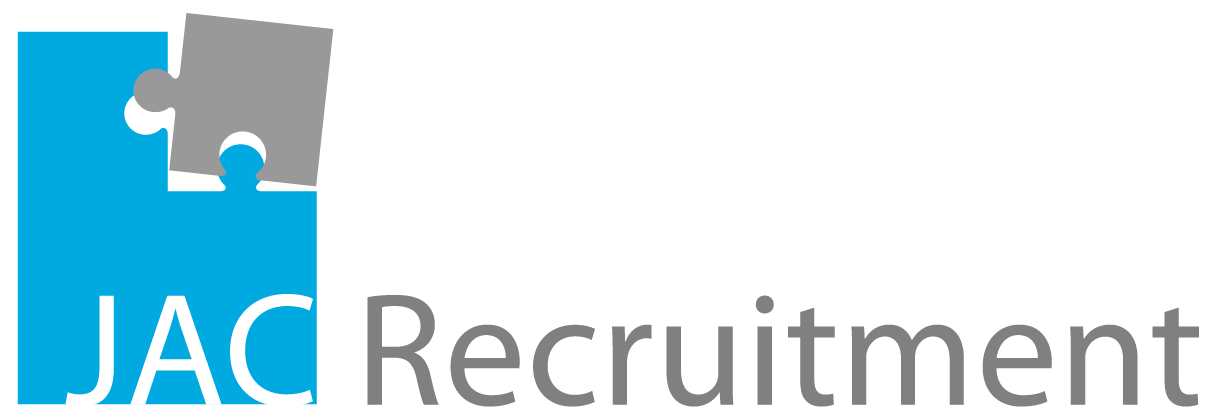Leadership is not always about managing a team, it is about how you respond when there is no clear direction, how you bring others together, and how you move work forward when things get stuck.
In interviews, companies are not just looking for job titles. They are looking for people who can think independently, take ownership, and guide others through uncertainty.
Here is how to showcase that kind of leadership, even without a formal title.
1. Show how you lead through influence
At mid-career level, leadership often means building alignment across teams rather than giving instructions. Share moments where you influenced decisions, improved collaboration, or helped others stay on course:
“Our regional teams had different reporting styles, so I initiated shared templates and short weekly syncs. Within a month, delivery speed improved, and communication became clearer”
This shows initiative, systems thinking, and the ability to influence outcomes, core markers of leadership in collaborative environments.
2. Demonstrate ownership and accountability
Employers notice candidates who do not just “do their part” but take responsibility for the bigger picture. Leaders do not wait for direction when something is off track. They take responsibility for outcomes, not just tasks. Talk about moments when you identified an issue and took action to fix it:
“When a client project faced timeline risks, I worked with stakeholders to re-scope and deliver in phases instead of delaying the entire launch to maintain client trust while keeping momentum internally”
Such examples highlight maturity, sound judgement, and reliability, qualities every hiring manager associates with leadership potential.
Taking ownership is one part of it. But leadership also means connecting people and ideas to make things happen.
3. Highlight how you connect people and ideas
Leaders create clarity where there is confusion. They listen, bridge differences, and help teams move in the same direction. If you have helped teams collaborate or guided peers through change, bring that story forward.
“When our department merged with another function, I helped align roles and ran informal Q&A sessions, so everyone understood the new structure. It made the transition smoother and built early trust”
This shows empathy, communication skills, and an understanding of how to keep people engaged through transition, all essential forms of leadership, especially in diverse or cross-cultural teams.
4. Back your actions with measurable impact
A good story becomes stronger when backed by results. Numbers, improvements, or outcomes make your leadership tangible.
“I suggested creating a performance dashboard that reduced reporting time by 30% and gave management a clearer view of progress”
Results make your leadership visible. They show that you not only took initiative, but you also delivered change that mattered.
5. Reflect a forward-thinking mindset
Mid-career professionals are often evaluated not just for what they have done, but on their foresight: how they anticipate challenges, suggest improvements, and adapt to evolving priorities.
“I realised our manual process could be automated and worked with IT to test a basic workflow. It saved the team several hours a week and was later adopted company-wide”
This kind of proactive thinking signals readiness for greater responsibility, the essence of leadership growth.
6. Communicate like a leader
Leadership is also reflected in how you speak about your work. Use clear, structured storytelling, one that highlights your judgement, initiative and results without exaggeration.
To bring structure to your examples, try the Challenge – Action – Result format:
Challenge - What was the situation?
Action - What did you do?
Result - What changed because of it?
Specific, well-told examples feel far more authentic than big claims or over-rehearsed lines.
Final thoughts
Leadership is not a title; it is a mindset. It shows in how you take responsibility, support others, and think ahead.
In interviews, speak from that perspective. When you speak from that mindset in an interview, with examples that show how you think, not just what you did, you naturally stand out as someone ready to lead.


